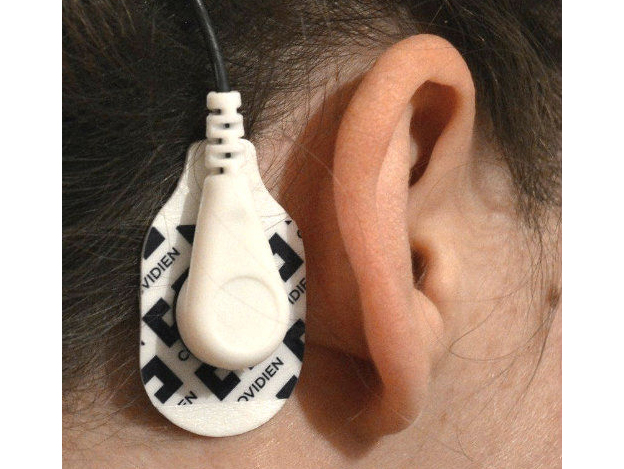
Don’t have this issue? Get it in the Maker Shed.
- Time required: A weekend
- Cost: $100 — $130
Ever wanted to visualize your brain activity? Electroencephalography (EEG) uses electrodes placed against the scalp to detect the tiny electrical changes that occur when neurons fire. By amplifying these signals through a computer, you can observe brain activity in real-time.
Using an off-the-shelf EEG module, you can make a beanie with lights that change color and intensity in response to the wearer’s level of attention and relaxation. You can even use the hat to control interfaces on your computer! The flap and double-layer knit hide the electronics, so it looks and feels just like a comfortable cap.
Detailed step-by-step instructions can be found here.

















